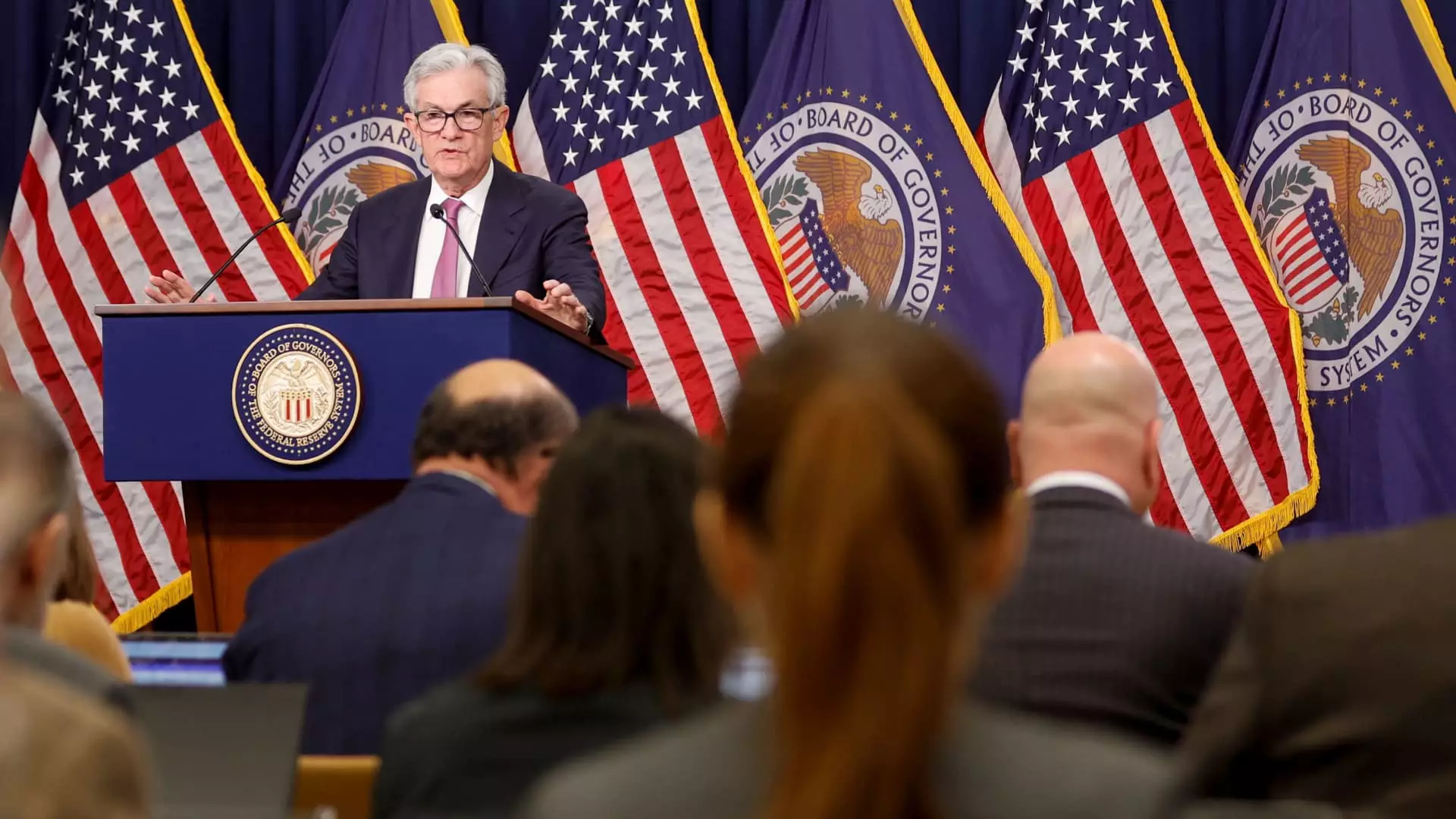In 2024, the Federal Reserve made headlines by adjusting its interest rate target downward on three separate occasions. This shift has left many potential homeowners and current mortgage holders questioning whether relief in the form of lower mortgage rates is on the horizon. The prevailing sentiment voiced by market experts, including Jordan Jackson from J.P. Morgan Asset Management, suggests a more sobering outlook. He asserts that mortgage rates are likely to stabilize between six and a half to seven percent, thus signaling to many hopeful buyers that significant reductions may not be forthcoming.
The Federal Reserve’s decisions are undoubtedly influential, but mortgage rates are even more closely linked to long-term government debt, particularly the yield on the 10-year Treasury note. Recent trends indicate a gradual increase in this yield, primarily driven by investor sentiments surrounding potential fiscal expansions anticipated in 2025. This brings to light how various economic factors weave into the fabric of mortgage lending.
As investors adjust their strategies based on emerging governmental policies, the fluctuation of the Treasury yield becomes crucial. It not only sets the tone for long-term borrowing rates but also shapes the landscape for mortgage-backed securities, which play a vital role in the mortgage market. According to economists at Fannie Mae, the Federal Reserve’s management of its mortgage-backed securities arsenal is a significant determinant in present-day mortgage rates.
During the COVID-19 pandemic, the Fed adopted an aggressive purchasing strategy for mortgage-backed securities as a form of quantitative easing. This maneuver aimed to stimulate demand and supply dynamics in the bond market, effectively lowering borrowing costs for homebuyers. The initiative was so successful that it drove mortgage rates to historic lows in 2021. Matthew Graham, COO of Mortgage News Daily, highlights that this aggressive stance may have been miscalculated in hindsight, given the enduring repercussions on the economy.
Quantitative Tightening and Its Consequences
Transitioning from quantitative easing to what is now referred to as quantitative tightening has introduced a different set of challenges. By 2022, the Federal Reserve began reducing its asset holdings, primarily through the natural maturation of these securities. This shift has introduced upward pressure on the spread between mortgage rates and Treasury yields. George Calhoun from the Stevens Institute of Technology underscores that this reversal in policy is one factor contributing to the rising costs of mortgages, complicating the landscape for homeowners and prospective buyers alike.
As we analyze the interplay between Federal Reserve policies and mortgage rates, it becomes evident that the regulatory decisions affecting monetary policy are steeped in complexity. While the Fed’s interest rate cuts offer a glimmer of hope for potential savings on mortgage loans, the reality suggests a landscape dominated by stability at higher rates rather than significant reductions. This dichotomy necessitates a close examination of one’s financial plans, especially for those considering home purchases or refinancing opportunities in the near term. Ultimately, the evolving economic conditions and the Federal Reserve’s policies will continue to play a pivotal role in shaping mortgage affordability and accessibility.

